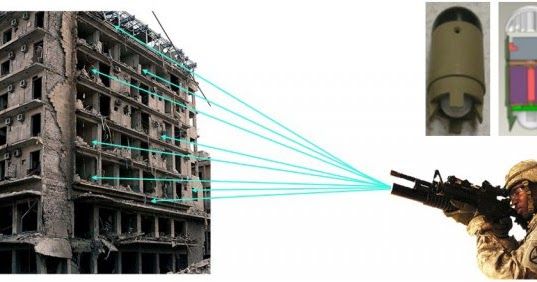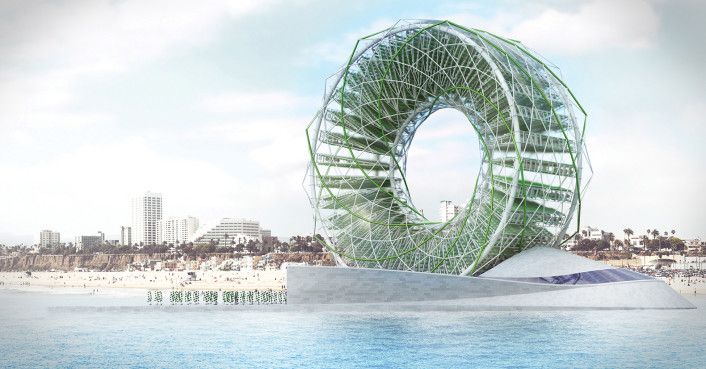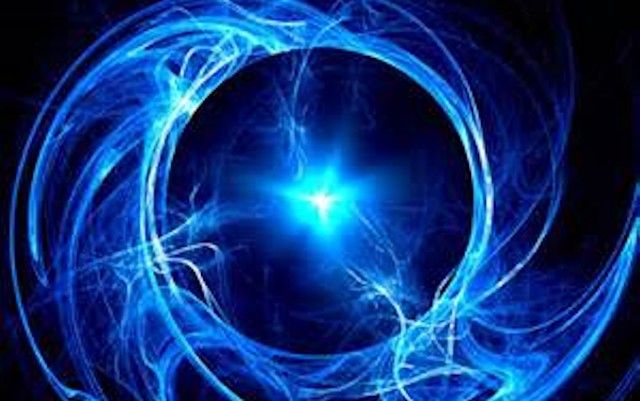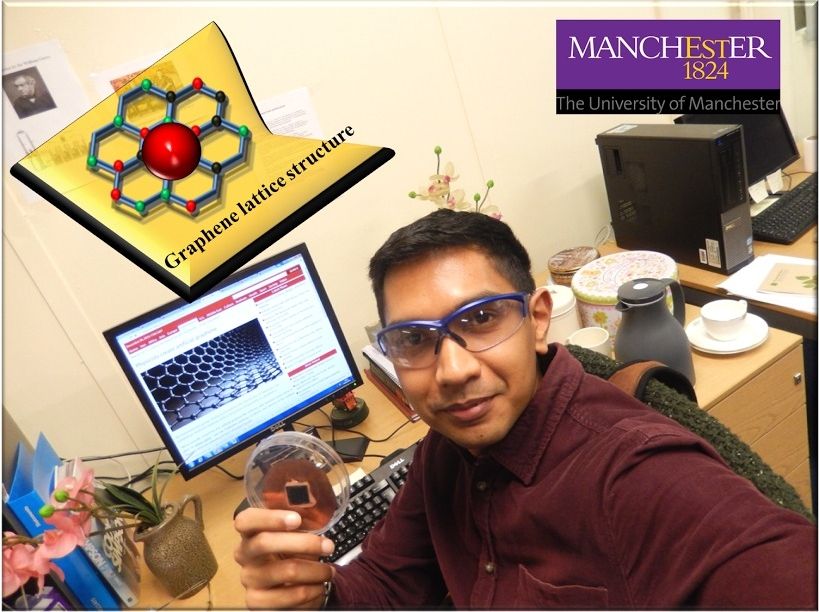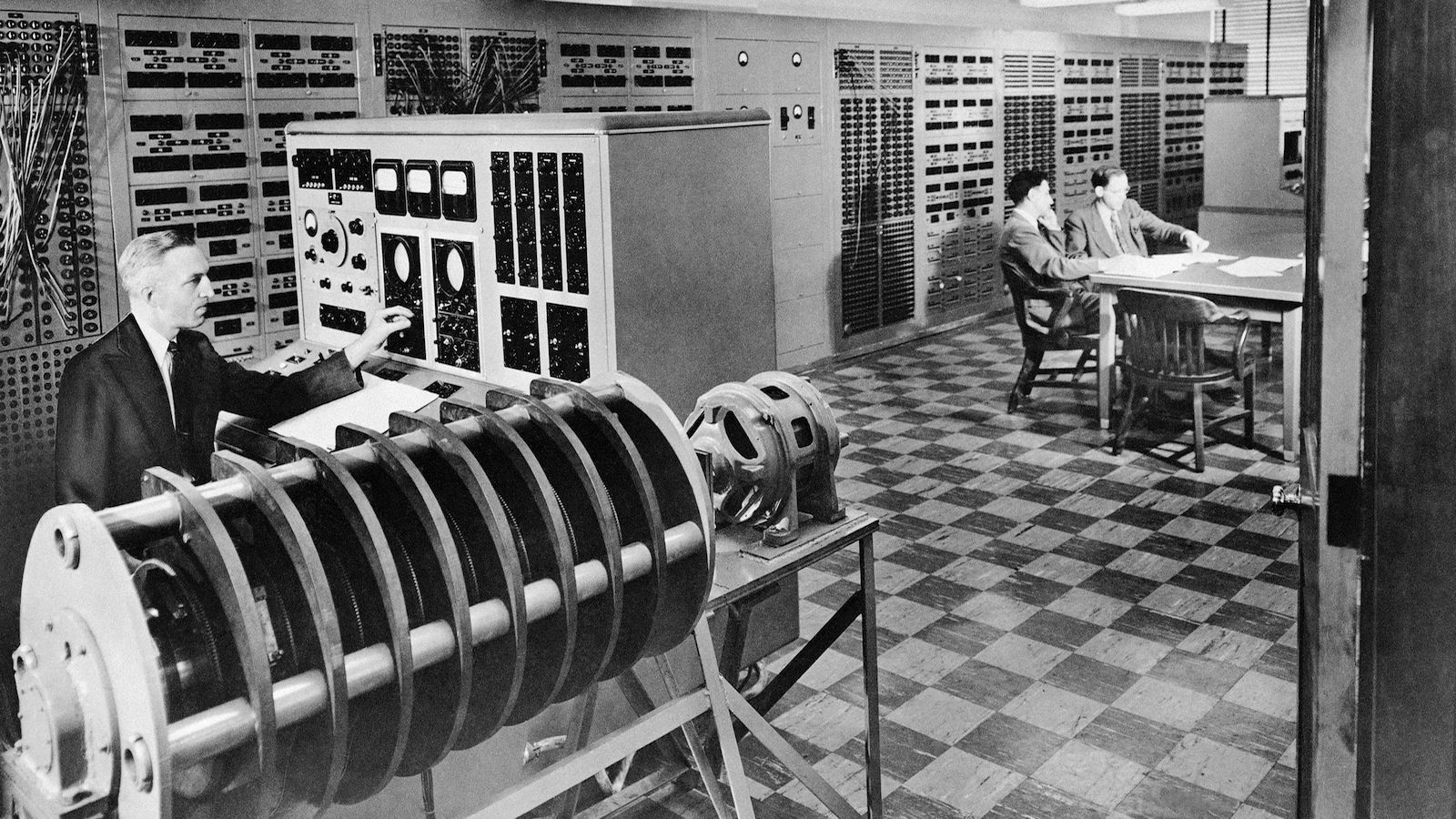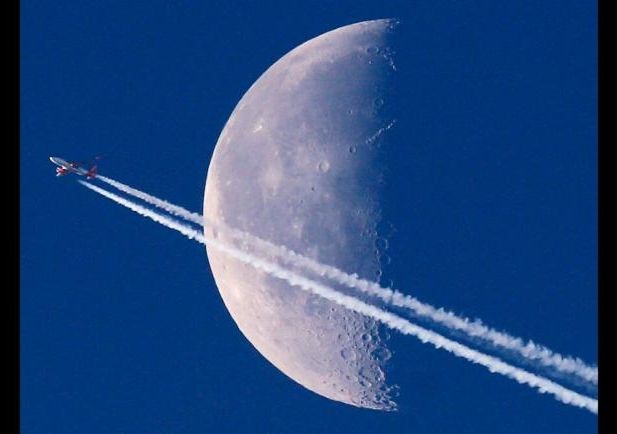Feb 16, 2017
From Initial Nucleation to Cassie-Baxter State of Condensed Droplets on Nanotextured Superhydrophobic Surfaces
Posted by Karen Hurst in categories: energy, nanotechnology
Science mimicking nature’s dew in a lab. Important btw in how we looking at H2O harvesting and improving how we advance green energy; however, I see usage of this research in other emerging technologies as well.
Understanding how droplet condensation happens plays an essential role for our fundamental insights of wetting behaviors in nature and numerous applications. Since there is a lack of study of the initial formation and growing processes of condensed droplets down to nano-/submicroscale, relevant underlying mechanisms remain to be explored. We report an in situ observation of vapor condensation on nano-/microtextured superhydrophobic surfaces using optical microscopy. An interesting picture of the vapor condensation, from the initial appearance of individual small droplets (≤1 μm) to a Cassie-Baxter wetting state (30 μm), are exhibited. It is found that individual droplets preferentially nucleate at the top and the edge of single micropillars with very high apparent contact angles on the nanotextures. Scenarios of two distinguished growing modes are reported statistically and the underlying mechanisms are discussed in the view of thermodynamics. We particularly reveal that the formation of the Cassie-Baxter wetting state is a result of a continuous coalescence of individual small droplets, in which the nanotexture-enhanced superhydrophobicity plays a crucial role. We envision that these fundamental findings can deepen our understanding of the nucleation and development of condensed droplets in nanoscale, so as to optimize design strategies of superhydrophobic materials for a broad range of water-harvesting and heat-transfer systems.


